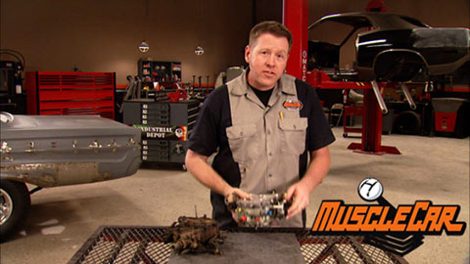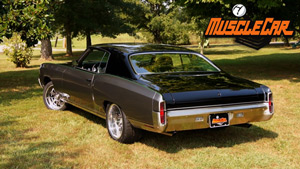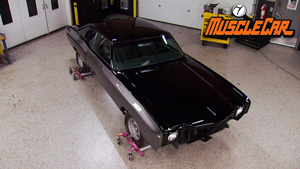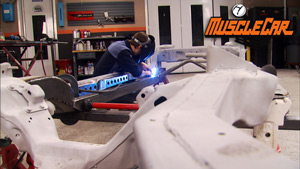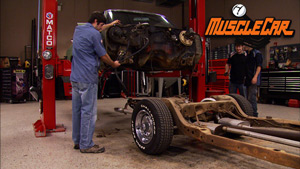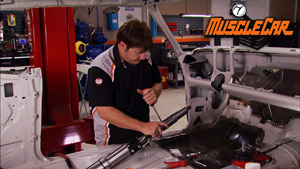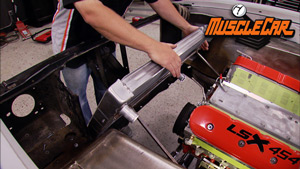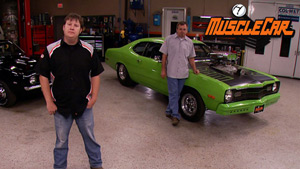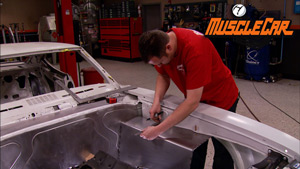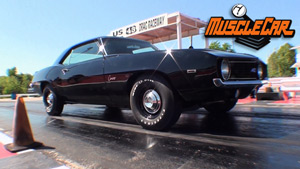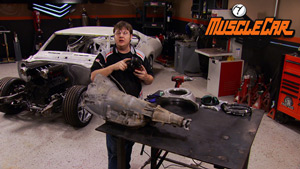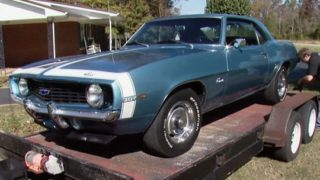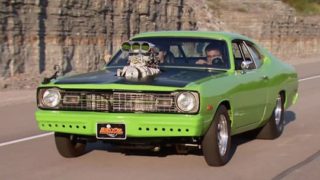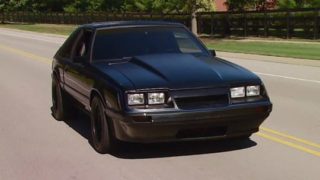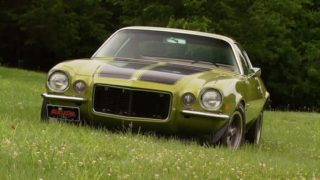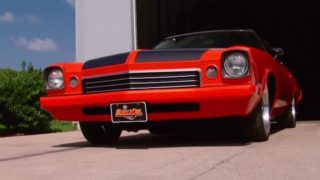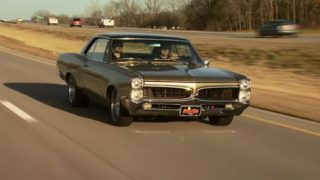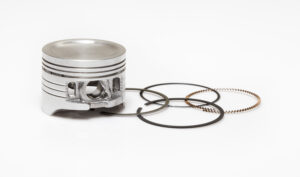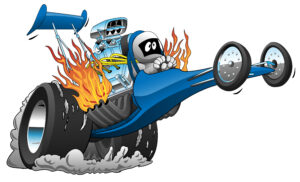MuscleCar Builds
Want more content like this?
Join the PowerNation Email NewsletterParts Used In This Episode
UCoat It America LLC
UCoat It floor coating systems are designed for the do-it-yourself-er. Every UCoat It Kit comes complete with applicator tools, instructional video, applicator guide, and all the coating materials necessary for application.
O'Reilly Auto Parts
Carb. Rebuild Kit, Float
O'Reilly Auto Parts
Choke Thermostat
O'Reilly Auto Parts
Choke Pull Off, Float, Filter
O'Reilly Auto Parts
Carb. Cleaner 5 Gallon
O'Reilly Auto Parts
Case of Brake Clean
O'Reilly Auto Parts
Miscellaneous
O'Reilly Auto Parts
Touch Up Paint, Primer, MetalCast
O'Reilly Auto Parts
Spray Gun Brush Kit
The Eastwood Company
CARB. RE-COAT GOLD AND SILVER 2 EACH, CARB PREP (6)
WD-40
Multi-Purpose Penetrant and Lubricants.
